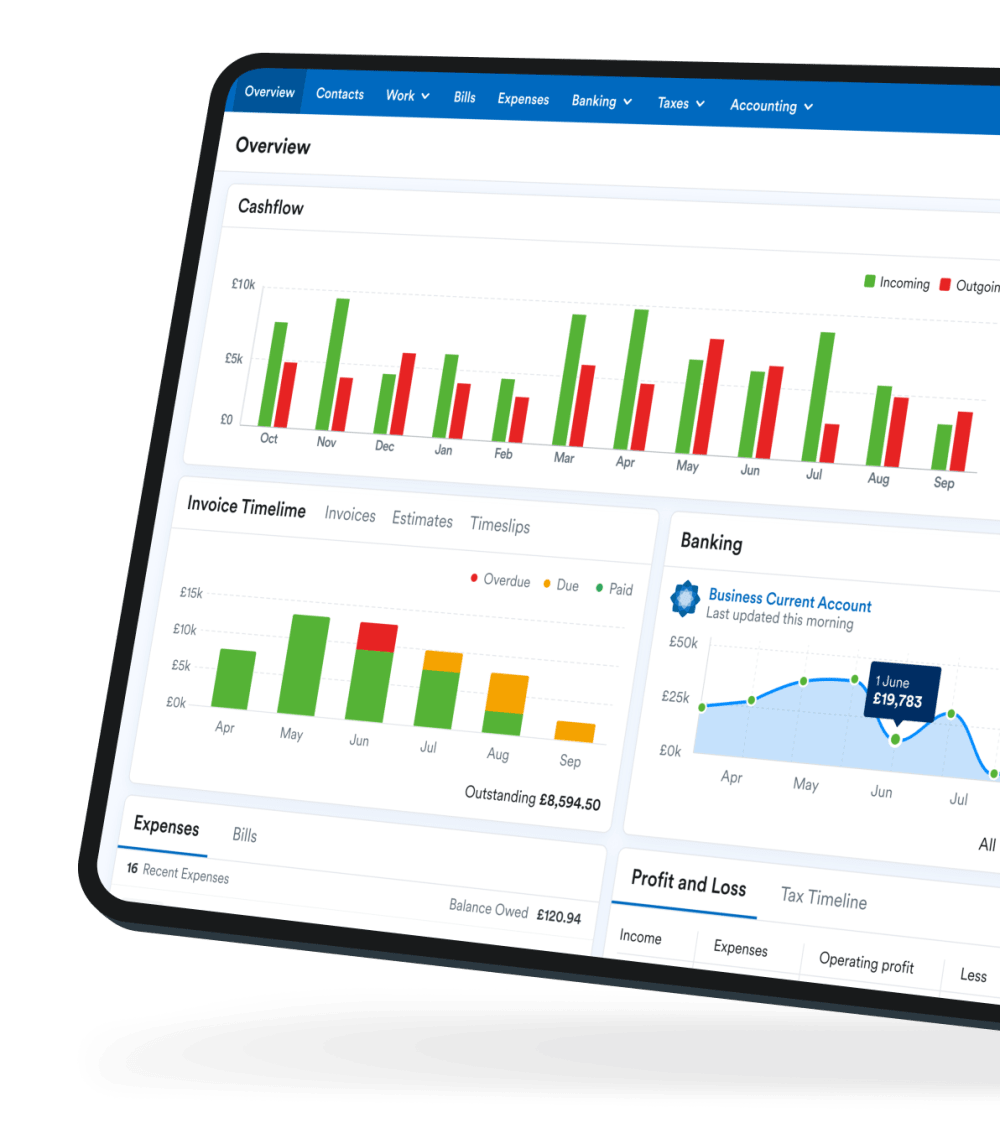Freelancers: how do you bill for your time?
When you first started out as a freelancer, how did you decide to bill for your time? Since then, have you gone back and evaluated whether your billing strategy is working for your business? This week, we’re looking at different viewpoints about billing and how other freelancers decided to bill for their time, to give you a better idea of what options are out there to consider.
Do you charge by the hour or a fixed fee?
As a freelancer, do you charge an hourly rate, or set a fixed fee for the entire project in advance? While charging by the hour is probably the most common way of billing for freelancing, some argue that it could limit your earning potential and could make you devalue or shortchange the work you do. But, on the other hand, setting a fixed fee could severely affect your profitability if you underestimate how long the project will actually take. The best option differs for each business, so taking the time to weigh up the pros and cons for your own business is a good idea.
Do you include all of your work in your billing model?
Do you charge your clients for things like meetings, or hours spent on research? You may have written off this time as unbillable as a client wouldn’t be willing to pay for it, but this blog post from Graphic Design Blender argues that as a freelancer, you probably can’t afford to ignore the time you spend on “other” tasks for clients. They suggest building this time into your hourly rate, to make sure that you’re paid for allof your work.
Do you ask for a deposit?
You may not be comfortable asking for money upfront before you’ve started any work, but this article argues that without a deposit, you’re assuming 100% of the financial risk of the project. Check out this article from Freelance Switch that takes a closer look at the mechanics of asking for deposits, and how to find a comfort zone when it comes to deciding how much to actually charge in advance.
Would you consider an agile billing cycle?
If you find that maintaining a steady cashflow is tricky for your business, you may want to consider incorporating a method of agile billing. This article from Smashing magazine explains how, by setting pre-agreed “blocks” of work time and billing for these in advance, your client will understand exactly what their money is buying, and you should have a more reliable cashflow.
How quickly do you invoice your customers?
Once you’ve completed the work, how quickly do you invoice your clients for payment? If you wait too long to send the invoice, you may risk not being paid promptly - regardless of your payment terms. If you want your clients to view paying you as a high priority, then it’s a good idea to show the same urgency when it comes to sending your invoice. Take advantage of the psychological effect of recency by sending your invoice as soon as you complete a project. Your client should know exactly what the invoice is for and, hopefully, will be more inclined to pay you on time.
Do you have your own philosophy when it comes to billing clients? Leave a comment or hit us up on twitter and let us know! Have a great weekend everybody!
